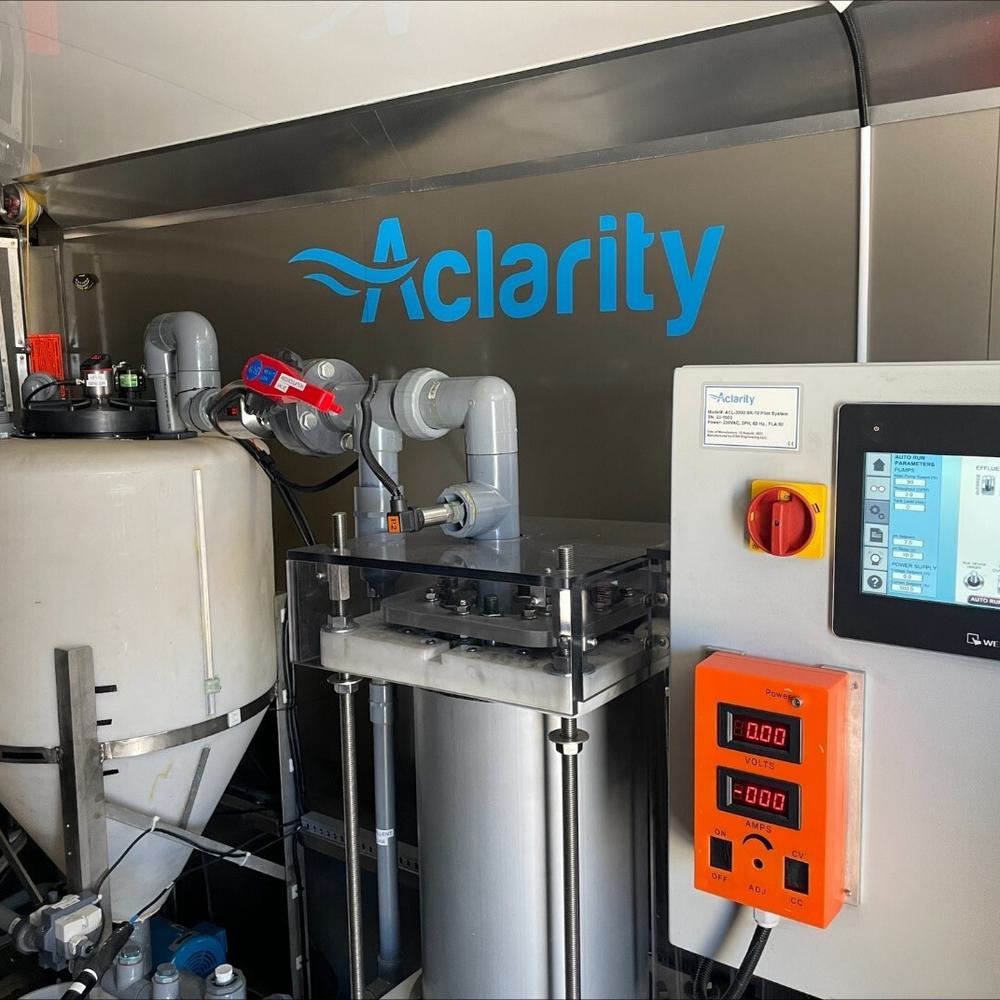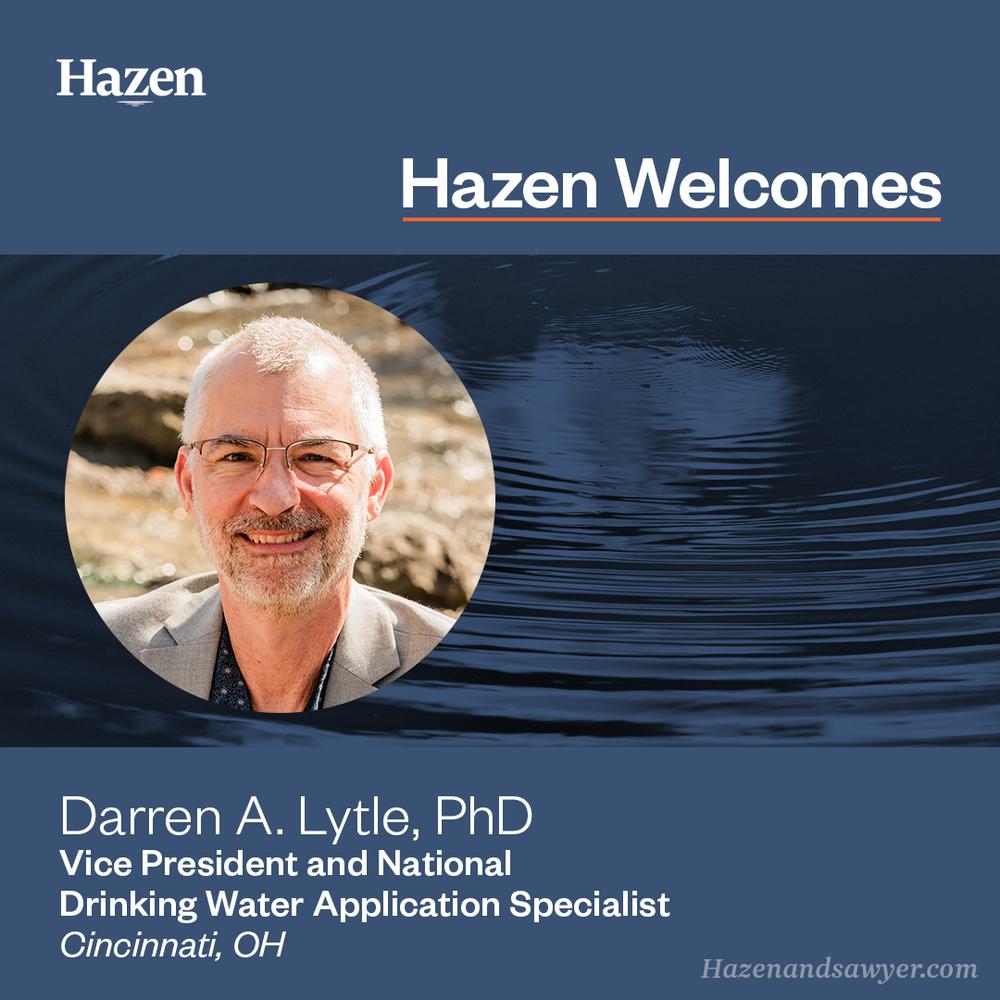HAB Fears Calmed in Colorado
Water degradation in Aurora reservoir dramatically improves after Hazen implements comprehensive remediation strategy.
In 2020, Hazen worked with the City of Aurora to complete a comprehensive analysis of the Quincy Reservoir, which spans 2,700 feet. The water body experienced a significant degradation of water quality, leading to an increased risk of harmful algal blooms (HABs). As a result, Aurora Water faced shortened filter run times at the treatment plant, taste and odor complaints, and recreational closures of the reservoir because of safety concerns. Hazen successfully implemented a short-term remediation strategy, which led to a dramatic improvement in the reservoir’s water quality.

Dr. Elizabeth Crafton is a nationally-recognized expert in water resources and master planning to combat emerging pollutants, eutrophication, harmful algal blooms (HABs), and carbon loading as correlated to disinfection by-product (DBP) formation potential.
Related Topics:

Quincy Reservoir, closed for recreational use in summer 2020 due to harmful algal bloom risk.

The reservoir in summer 2021 after algal bloom treatment and public access was restored.
Project Outcomes and Benefits
- Hydrogen peroxide and alum treatments were selected for immediate implementation during summer 2020. Total treatment costs were $120,240 less than anticipated.
- Average and maximum microcystin concentrations decreased, indicating the applications were successful in mitigating HAB exceedances.
- Public access to the reservoir was restored.
- The annual phosphorous accumulation rate showed it will take 43 years to replace phosphorus inactivated by alum treatment.
Planning for Remediation and Prevention
The reservoir’s recovery was dependent on the restoration of the aquatic ecosystem – a major challenge since it is difficult to precisely predict. A trigger-based approach divided into three phases was developed for mid-to long-term management options to address these concerns.
Phase I
Hydroponic systems, littoral zone restoration, and aeration recommended for implementation. Water quality monitoring will follow. If quality degrades, Phase II will be implemented.
Phase II
Involves use of passive reactive barriers and goose mitigation, but will only be implemented if key water quality triggers are met. If water quality degrades further, Phase III will be implemented.
Phase III
Includes piloting for treatment upgrades at water purification facilities. This phase will only be implemented based on key water quality triggers. After Phase III testing is underway, water quality will be continuously monitored.




















